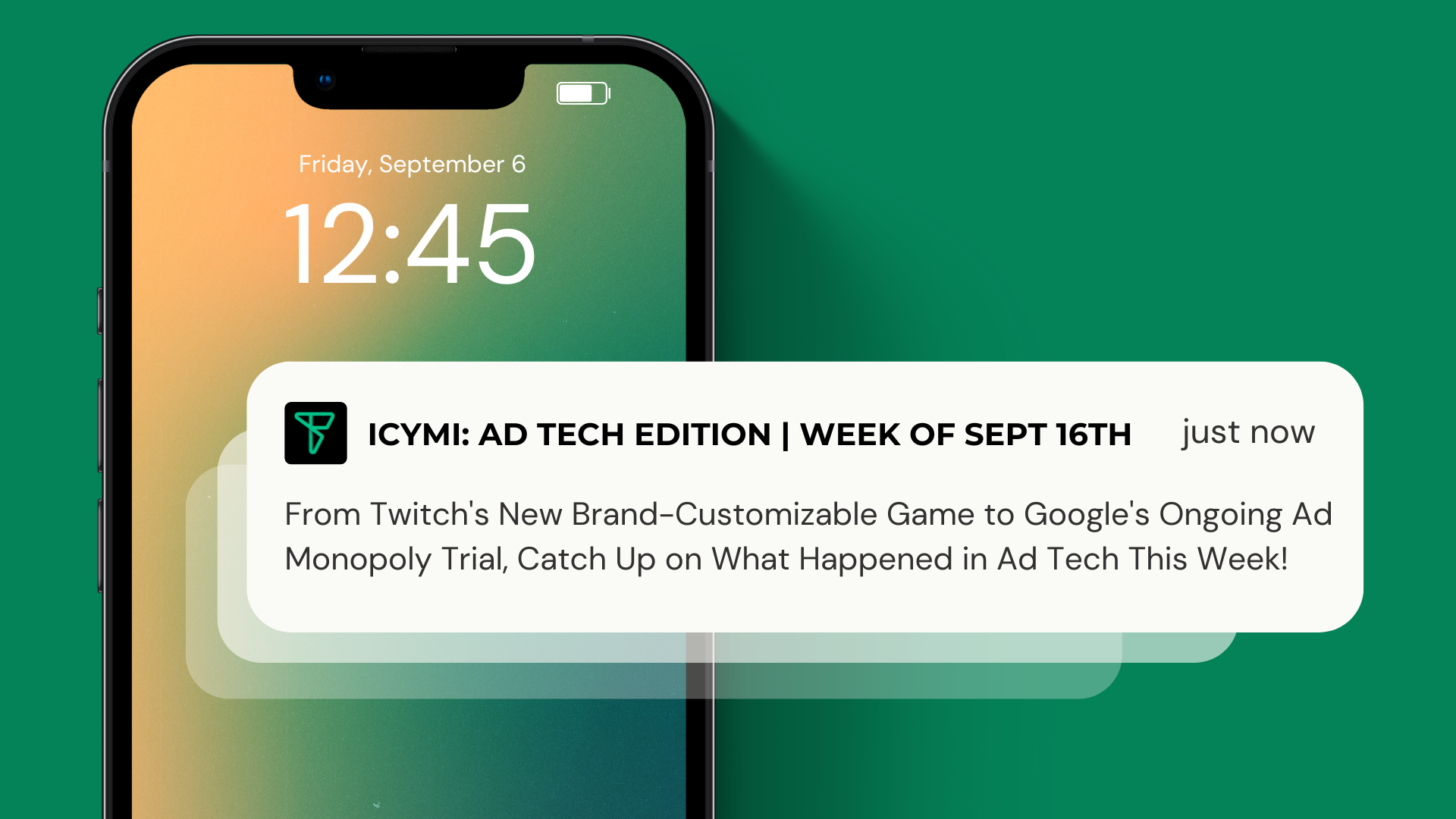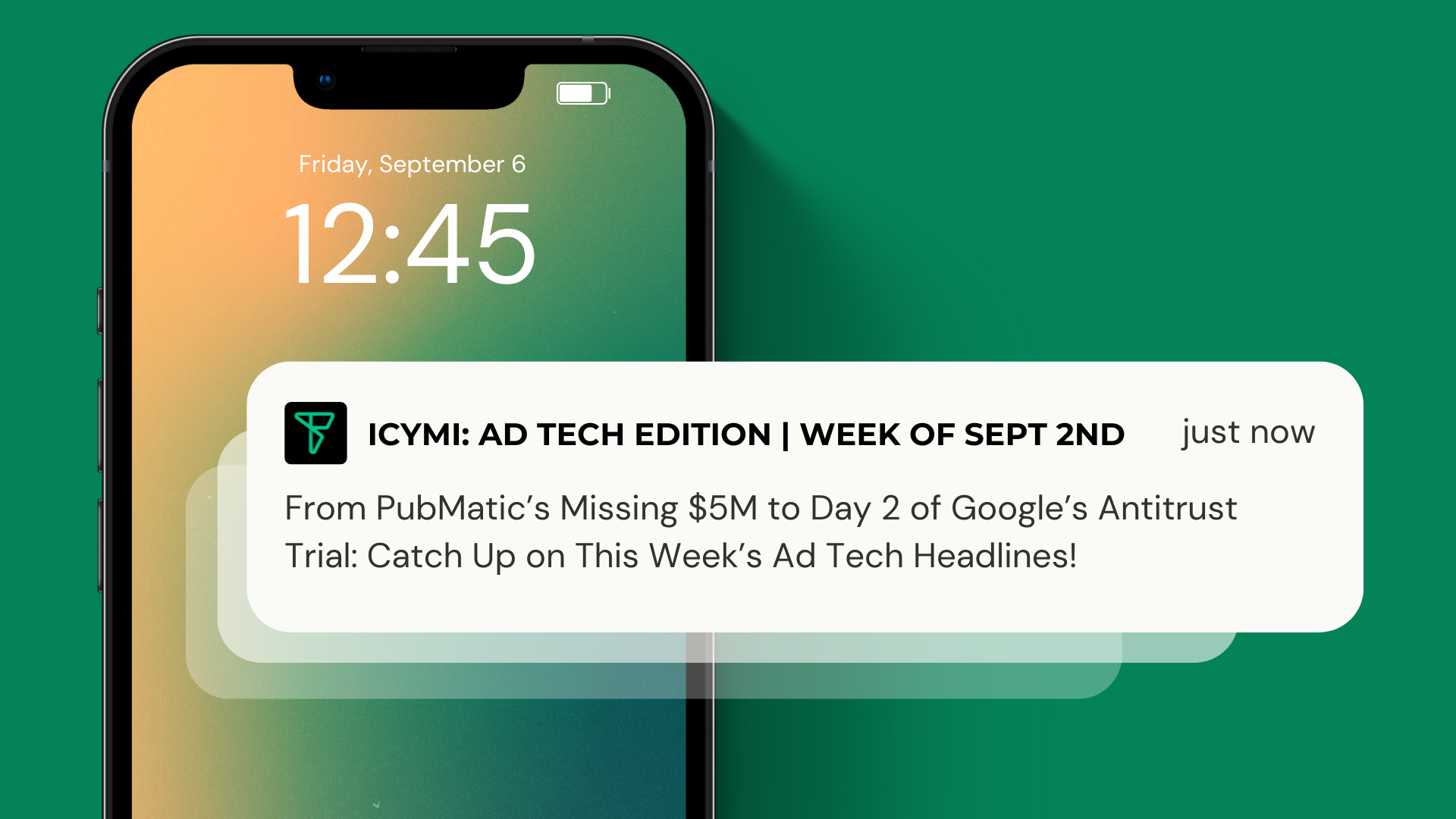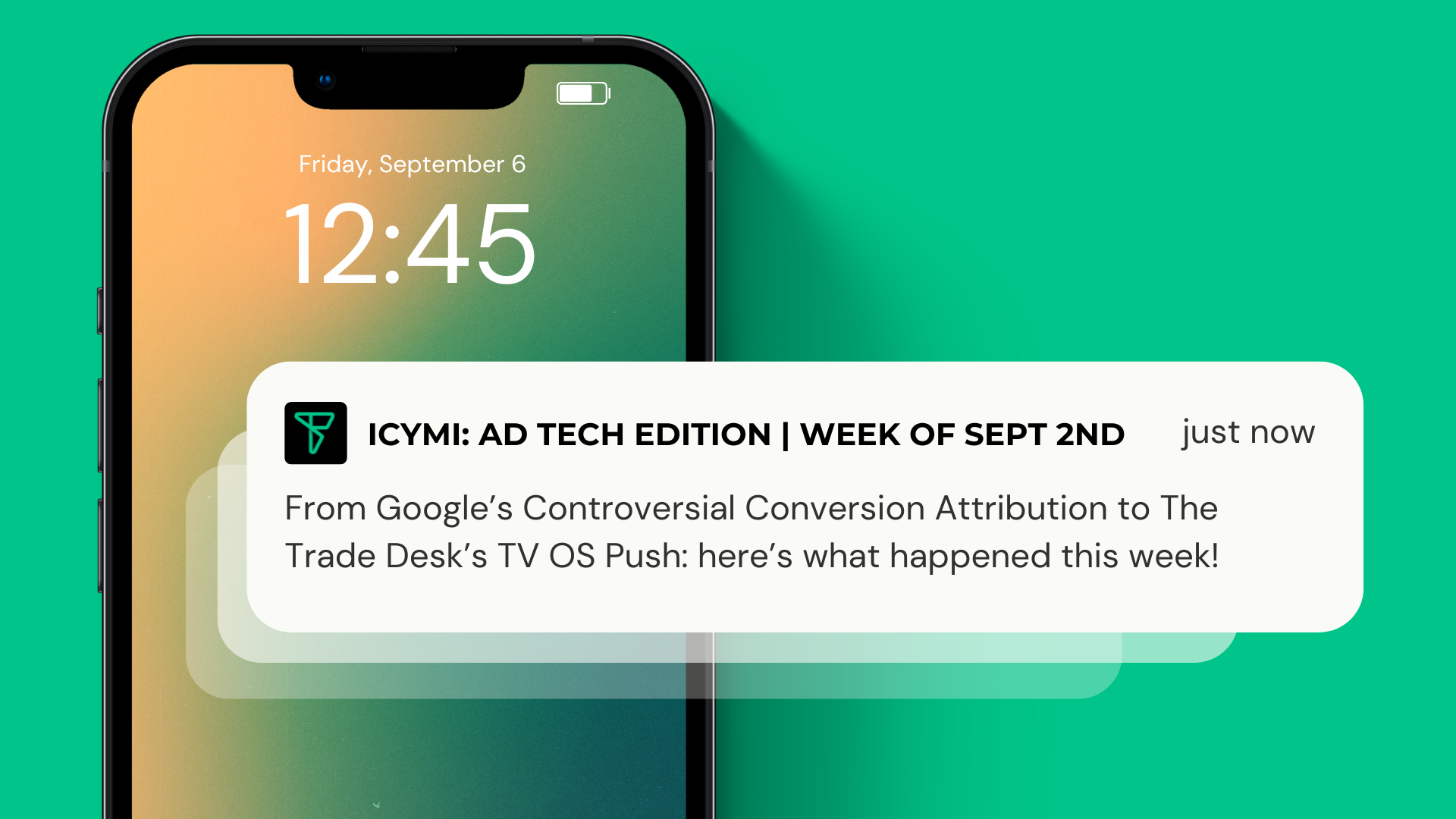Too often consumers are disrupted by slow browsing, inconvenient pop-ups, and frustrating distractions that restricts the user from enjoying the content they came to see.
The Solution
Last year, Google joined the Coalition for Better Ads, a group dedicated to creating global standards for online advertising that address consumer expectations and improve user experience. The Coalition for Better Ads vows to improve consumers’ experience with online advertising through a set of guidelines that ads must follow to pass through ad blockers and be shown to the desired user.
Because the Coalition for Better Ads announced that it is expanding its Better Ads Standards beyond North America and Europe to go global, Google will be following in their footsteps.
Google Announced that starting on July 9th, 2019, Chrome’s ad blocker will be rolled out worldwide.
In February, Google Chrome started blocking ads (including their own) that were non-compliant according to these guidelines defined by the coalition. The browser’s ad blocker works when a user lands on a website, the browser’s filter will check if that page belongs to a site that fails the Better Ads Standard. Chrome will remove all ads from sites that have a “failing” status in the Ad Experience Report for more than 30 days. If violations have been identified, Publishers can request a review of their site after you’ve fixed the issues.
What Constitutes a “Bad Ad”?
The Coalition, using research collected from over 60,000 consumers, developed the Better Ads Standard for desktop and mobile web. The research identified the ad experiences that were most likely to fall beneath the threshold of consumer acceptability and, therefore, cause users to adopt ad blockers.
They came up with four types of desktop ads, out of six reviewed, and eight types of mobile ads, out of 12 reviewed, that were deemed unacceptable.


Google’s Strategy
Google will use the Chrome browser to cut off ad revenue from websites who serve ads that are out of line with the Better Ad Standard. Their goal is to ultimately improve user experience and punish sites that restrict that from happening. They note that advertisers are not the enemy and they would prefer if Chrome didn’t need to block ads at all. However, the consumer’s experience will always come first. They hope that the ad blocker could one day reduce the usage of other third-party ad blockers that would completely cut off any ads from running at all.
Chrome’s ad blocking system benefits both the site owner and its users. Google announced that as of January 1, 2019, two-thirds of all publishers who were at one time non-compliant are now in good standing, and less than 1 percent of the millions of sites Google has reviewed have had their ads flagged. With more and more websites following the Better Ad Standard, it means that site owners can generate revenue from the ads on their site while keeping their loyal users coming back for more.
With the rollout right around the corner, be sure to check your site’s compliance by using Google Search Console’s Abusive Experience Report to check if your site contains anything that needs to be corrected or removed. If any are found, you will have 30 days to correct these issues before Chrome starts blocking ads on your site.




